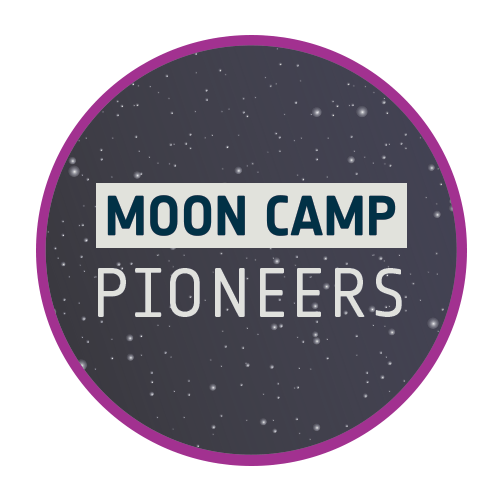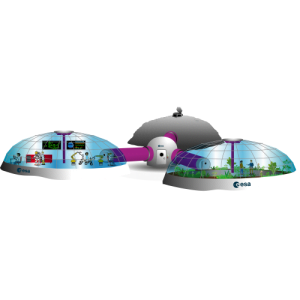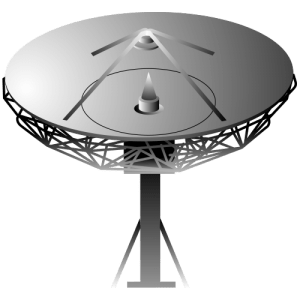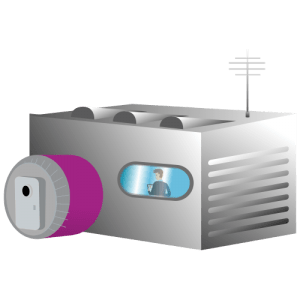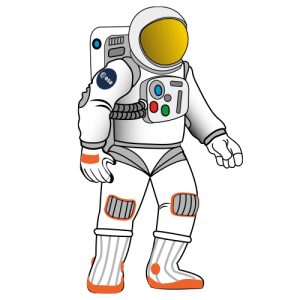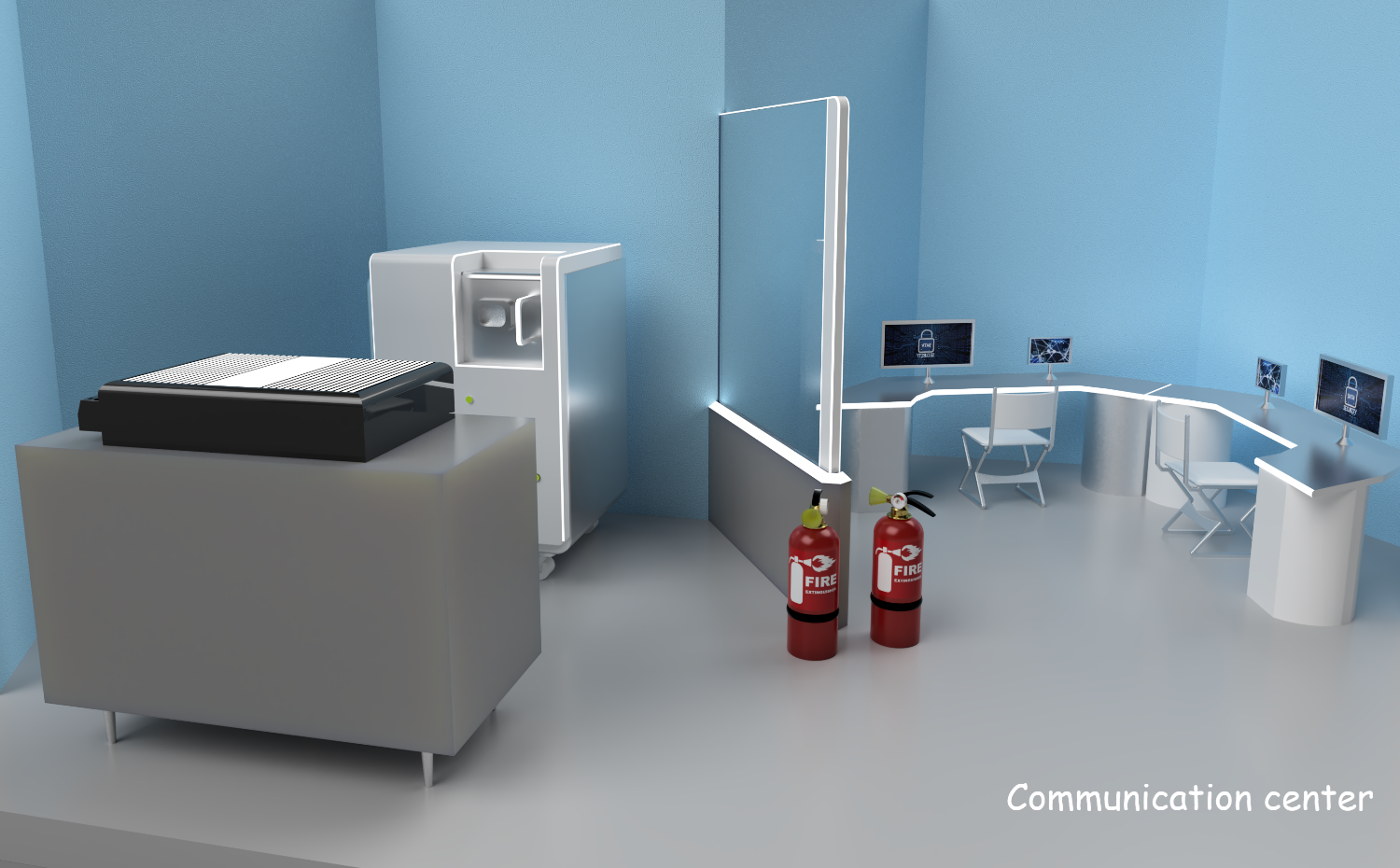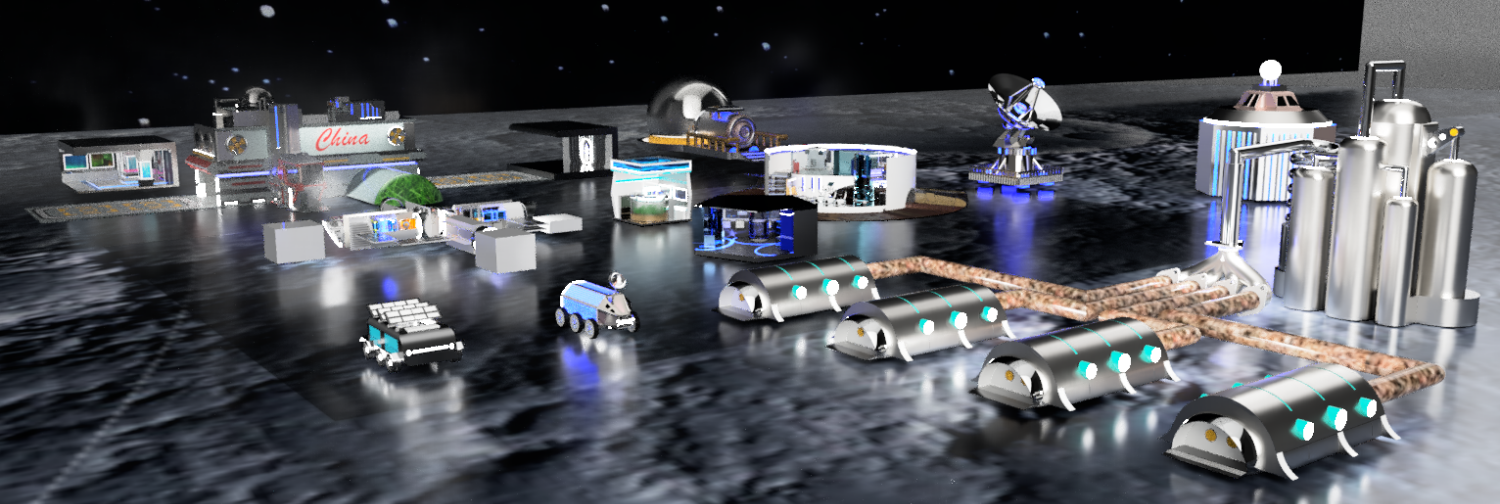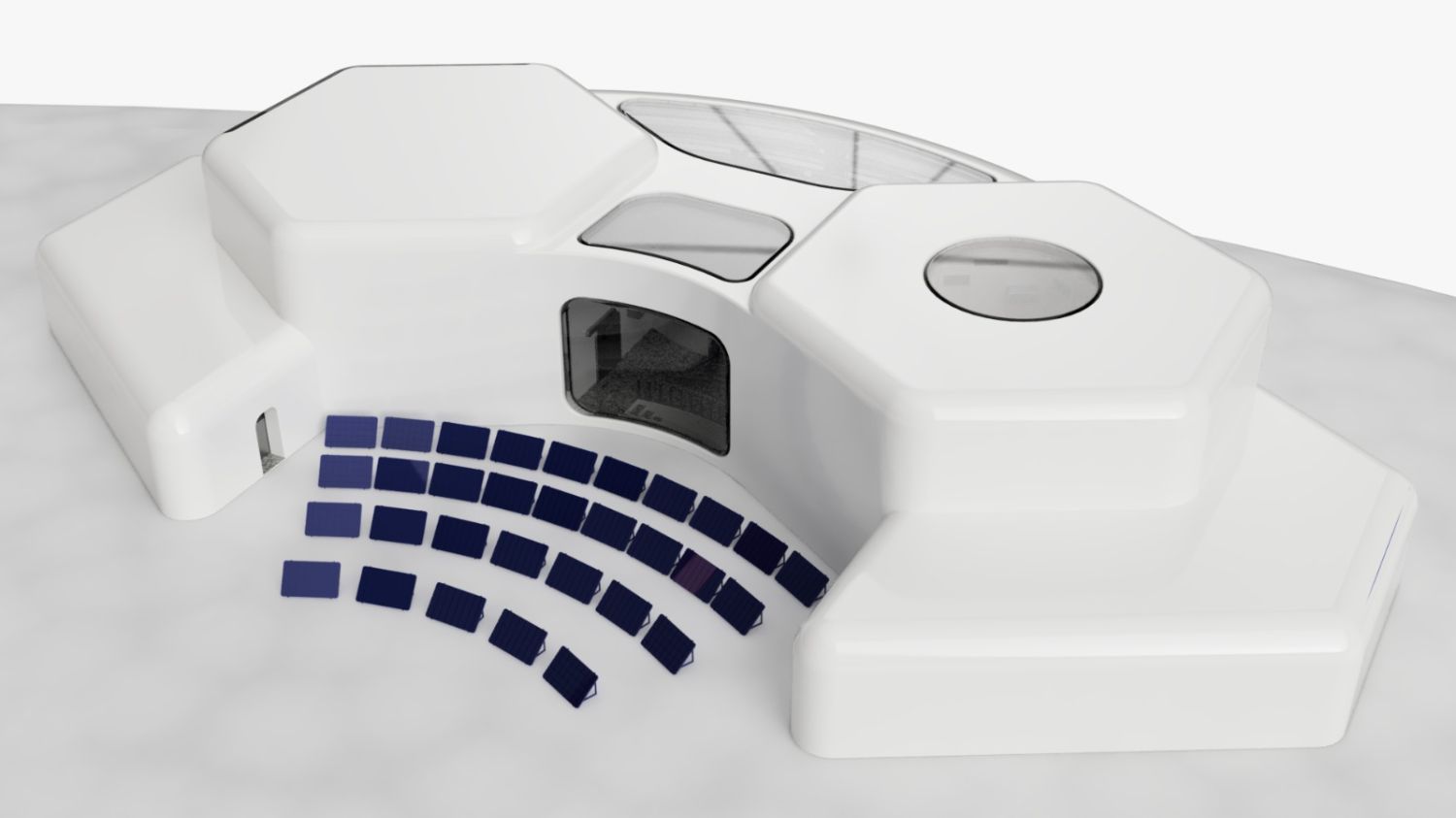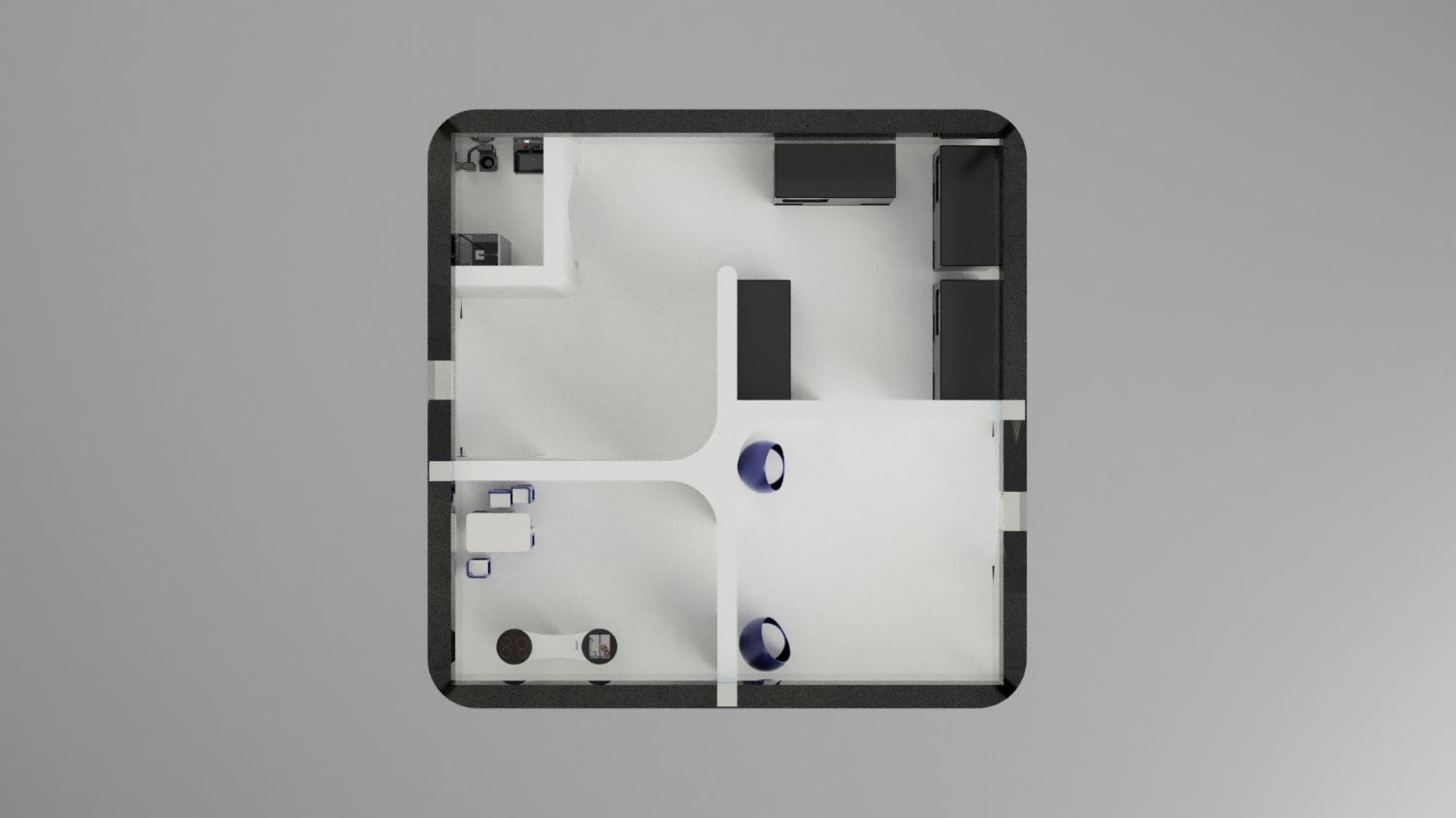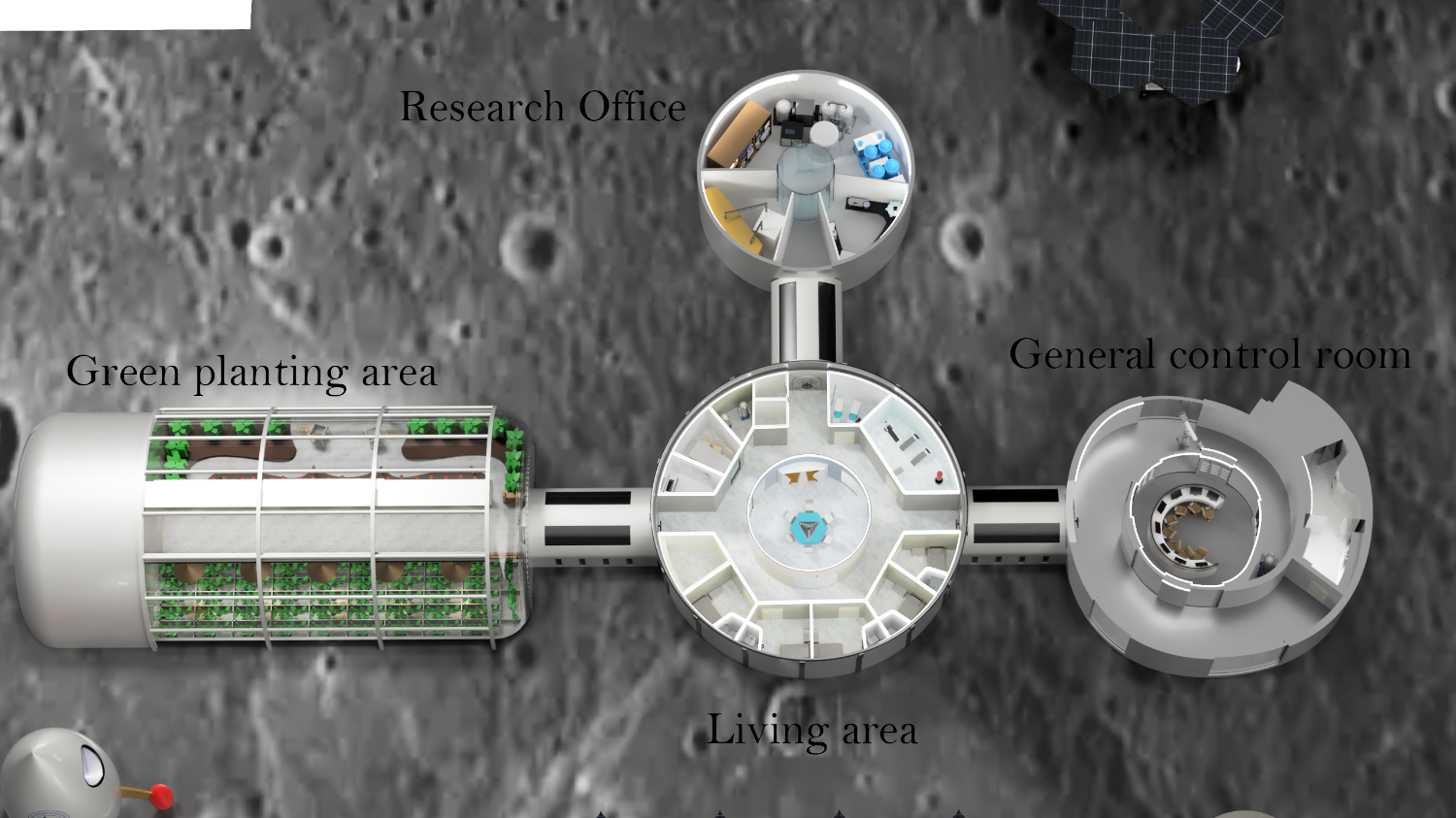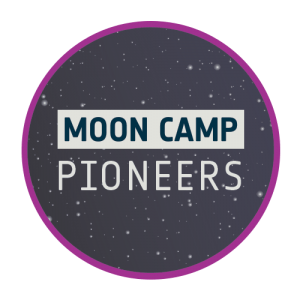About Moon Camp Pioneers
The Moon Camp Challenge invites students to be pioneers exploring the lunar environment and develop a future moon base.
In the future, to enable astronauts to stay on the Moon for long periods of time, new infrastructures must be developed to overcome important challenges. Such challenges include protection from radiation and meteorites, energy production, the extraction and recycling of water, food production and much more.
Teams will develop a number of interdisciplinary scientific experiments to explore the extreme environment of space and understand how astronauts could live on the Moon. Afterwards they will 3D design their Moon Camp using a software of their choice and write a report explaining their project.
Their project should be adapted to the Moon environment and make use of local resources and provide protection and/or living and working facilities for at least 2 astronauts. Participating teams will compete for the Moon Camp Pioneers prize for best project.
Summary
Using a software of their choice, teams design the complete Moon Camp and submit their report to an expert jury. Participating teams will compete for the Moon Camp Pioneers Prize for best project.
Complexity level: advanced
Tool: 3D design software of their choice (Fusion 360 recommended) NEW!
Age range: 13 up to (and including) 19 years old NEW!
Language: language of their choice. For judging, reports will be automatically translated to English. NEW!
Registrations: open from 14 September 2022 to 18 April 2023
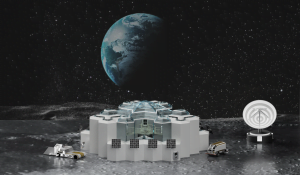
The Moon Camp should include:
Use of local resources (e.g. lunar soil, water ice)
Technological solutions (e.g. power source, recycling system, food growth chamber)
Protection (from meteorites and radiation)
Living and working facilities for at least 2 astronauts.
Timeline
Registrations for the challenge are open from 14 September 2022 to 18 April 2023.
Who can participate?
To participate in Moon Camp Pioneers, teams should be comprised of 2 to 6 students and must be supported by a teacher or educator. The project must be submitted by the teacher or educator.
Participation in Moon Camp Pioneers is open worldwide* to teams of students aged 13 up to (and including) 19 years old. Students attending a postsecondary/tertiary institution are not eligible to participate.
Students younger than 13 years old are not permitted to join a team in Moon Camp Pioneers.
Teams that participated in Moon Camp Discovery, Moon Camp Explorers and Moon Camp @School are also allowed to submit a project to Moon Camp Pioneers. There is no limit to the number of teams a school or club can enter, but each student can only enter one team, and each team can submit one entry only.
*More details
* Moon Camp Challenge is open worldwide. In the framework of the current collaboration agreement between ESA and Airbus Foundation, if you apply from an ESA Member State*, Canada, Slovakia, Slovenia, Lithuania or Latvia your team will have to fulfil the following extra conditions:
• At least 50% of team members must be citizens of an ESA Member State, Canada, Slovakia, Slovenia, Lithuania or Latvia.
• Each team member must be:
‒ Enrolled in a full time primary or secondary school located in an ESA Member State, Canada, Slovakia, Slovenia, Lithuania or Latvia
‒ or, be home-schooled (certified by the National Ministry of Education or delegated authority in an ESA Member State, Canada, Slovakia, Slovenia, Lithuania or Latvia)
‒ or, be a member of a club or after-school group, such as Science Club, Scouts or the like.
* ESA Member States in 2022: Austria, Belgium, Czech Republic, Denmark, Estonia, Finland, France, Germany, Greece, Hungary, Ireland, Italy, Luxembourg, the Netherlands, Norway, Poland, Portugal, Romania, Spain, Sweden, Switzerland and the United Kingdom.
Evaluation
A jury composed of ESA, Airbus Foundation and Autodesk experts will select the winning teams based on the quality of the design and report submitted. The design should be adapted to and feasible for the lunar environment, making use of natural features. The report must explain the design choices and overall habitability and functionality of the Moon camp. The teams should include their scientific reasoning for the choices presented.
Innovation, creativity and inventiveness (25%): How well does this new design “push the envelope” and enhance user experience?
Software skills (25%): How well does the student design demonstrate technical skills and quality of design based on technical requirements?
Suitability to purpose (25%): How well does the design prove useful and suited to serving its purpose of providing a functional Moon Camp?
Online Form (25%): How well does the report explain the reasoning for design choices and overall habitability of the Moon camp?
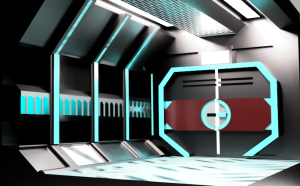
How to submit the project?
1. The team’s 3D model can be created in the 3D design software of your choice. We recommend the use of Autodesk® Fusion 360. The projects will be judged and showcased using a 3D viewer optimized for this software.
2. Projects must be submitted to the Moon Camp online platform: online platform. The deadline is 18 April 2023.
3. By submitting the project, the participants agree that their project will be shared on the Moon Camp platform. Participants accept that ESA Education and partners have the right to use the entirety or parts of the project for outreach and education purposes.
4. Submissions must include:
the team’s report explaining the project and design. The report should follow the provided template. You may submit your report in the language of your choice. Please note, for the purposes of judging your reports will be automatically translated to English.
at least one rendering or screenshot of the project as a .JPG or .PNG file from the design software used.
The team’s design of their Moon Camp as a file. Submissions must be submitted as one .obj file,.F3D file or .F3Z file (maximum file size 150 Mb).
5. Each team must model all individual components of the design. It is not permitted to import existing CAD data into the design, with the exception of any files provided by Autodesk, ESA, or Airbus Foundation.
6. The team must be the sole author/owner of the project and all materials submitted to the Moon Camp Challenge. Projects sponsored or funded by third parties may not be used. No third party (including your school or project sponsors) should have any rights to materials you submit.
7. ESA and Airbus Foundation, at their sole discretion, reserve the right to disqualify submissions that do not follow the guidelines, or that contain messages that are deemed inappropriate or inadequate for the audience.
3D Design tools
If your team is joining Moon Camp Pioneers, you can choose any 3D software to create your Moon Camp design. Submissions must be submitted as one .obj file,.F3D file or .F3Z file (maximum file size 150 Mb).
We suggest the use of Fusion 360. The 3D design visualiser is optimised for .F3D and .F3Z files. Fusion 360 is a free 3D design software for students, educators, and academic institutions, follow these instructions to obtain an educational license. More supporting materials for Fusion 360 are available in the Resources section.
Are you new to 3D design? Get started with the step-by-step tutorials. Once you are familiar with your 3D design tool, you can put your design skills into action and build your own Moon Camp.
Questions?
For any questions, consult the FAQ section or send an email to moon.camp@esa.int
Winning Projects Moon Camp Pioneers 2021-2022
For more inspiration visit the Moon Camp Pioneers project gallery for 2021-2022.

